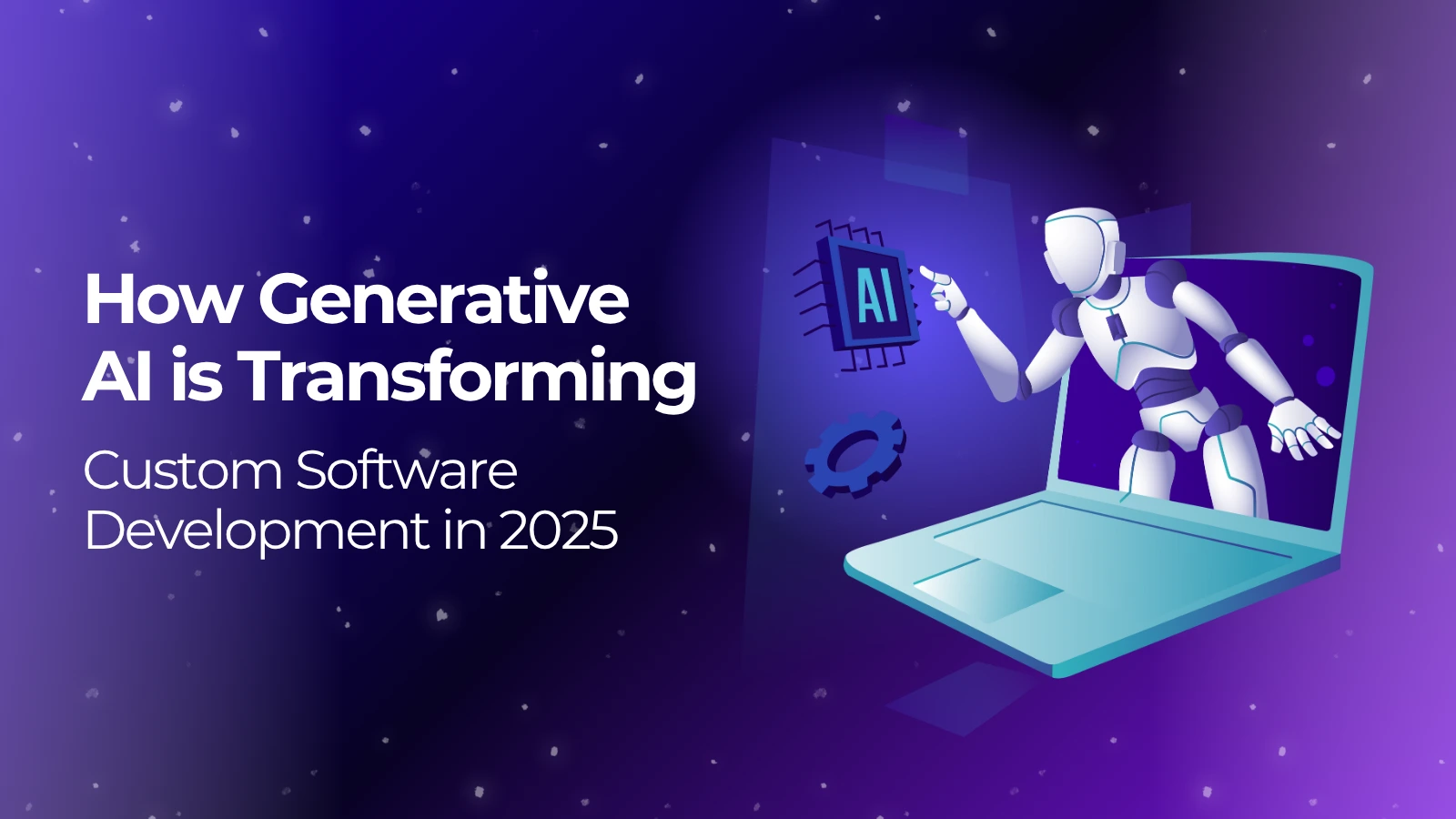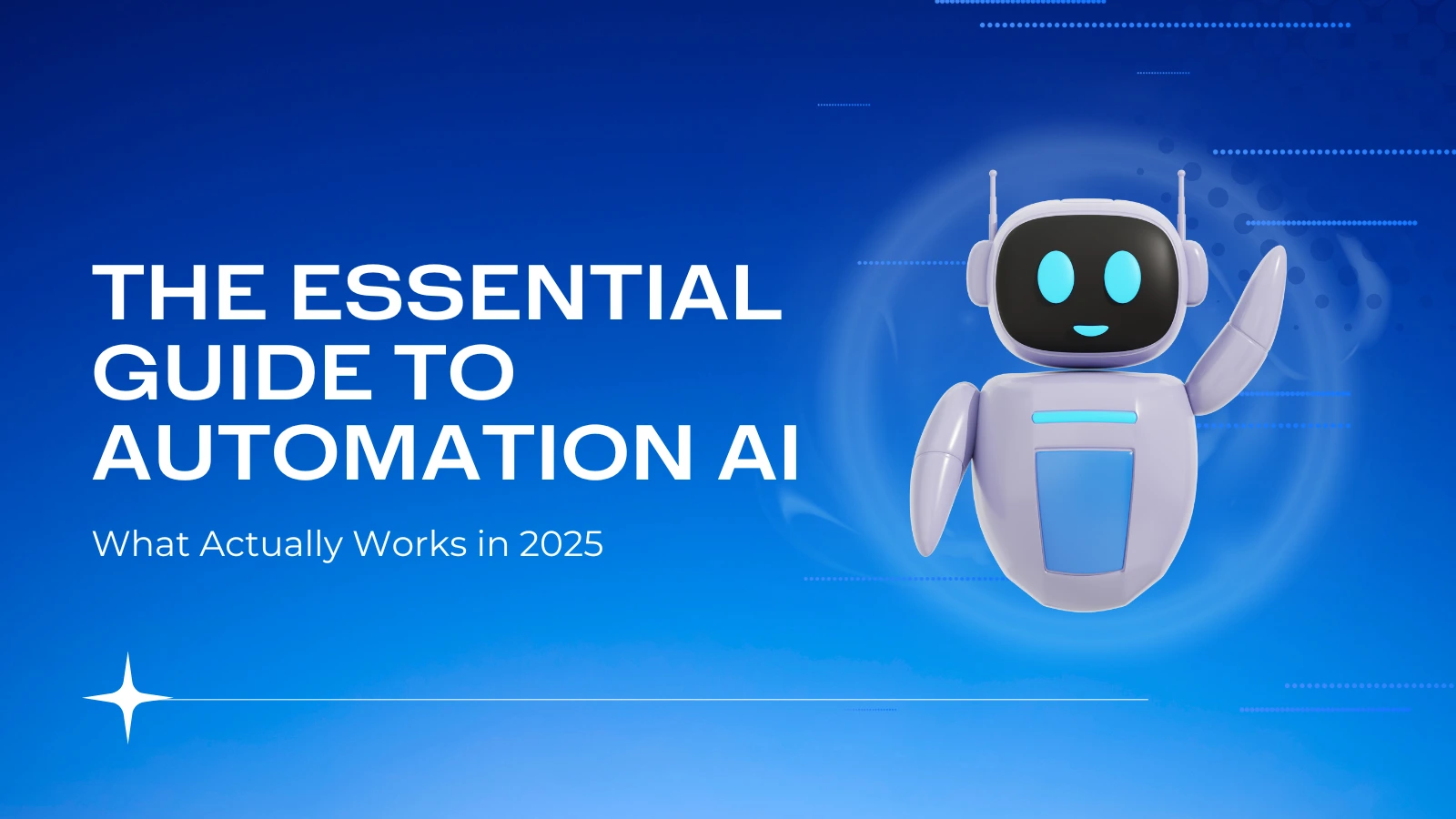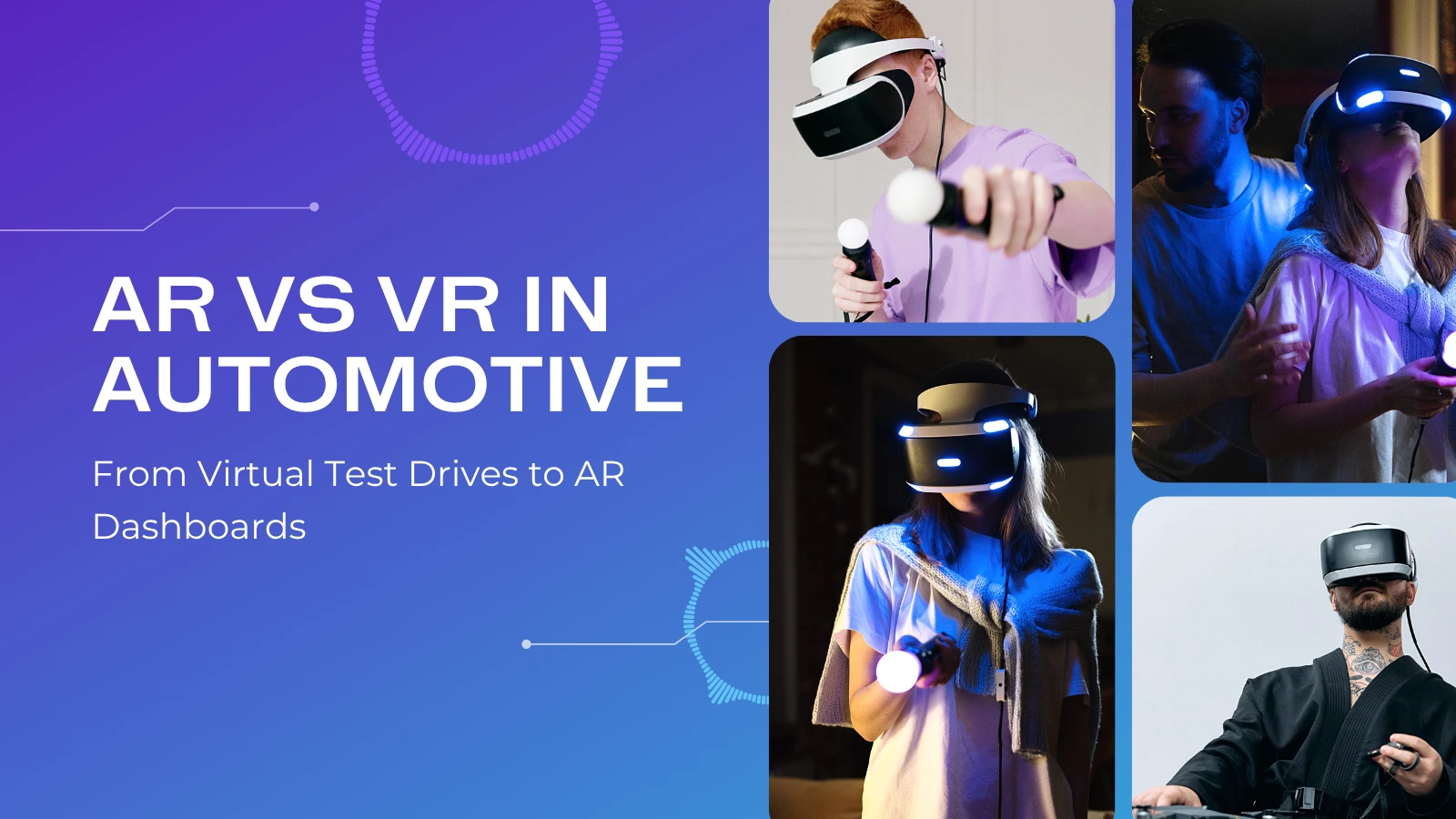Why Every Healthcare Startup Needs an AR/VR Strategy Powered by AI in 2025
Healthcare Innovation Begins with Immersive Technologies and AI Integration
By 2025, the healthcare startup space is evolving extremely fast, and immersive tech like Augmented Reality (AR) and Virtual Reality (VR) coupled with Artificial Intelligence (AI) is not a futurist technology but a base operating tool. To startups within the competitive, very regulated, and rapidly accelerating field of healthcare, adopting an AR/VR-based strategy that drives AI will become an indispensable element of success.
Healthcare is both visual and data-centric. AR/VR technologies allow startups to visualize intricate anatomy, stage surgeries, and conduct virtual consultations with unprecedented realism. The actual game-changer, though, is not AR/VR but how these platforms transform when powered by smart AI algorithms. AI makes such virtual experiences intelligent—adapting, anticipating, and reacting to patient activity and medical data in real time.
Startups tend to be restricted by limited means, and thus strategic collaborations with AI development firms and AR VR app development companies are priceless. Such collaborations expose them to the newest frameworks, tools, and talent that otherwise would be challenging to develop in-house. Of greater significance is that they enable healthcare startups to concentrate on clinical accuracy, user experience, and outcomes while their technical partners address the intricate backend of immersive tech and AI.
Now, with the rise of AR/VR technology, their long-pending desires are finally within their reach. In this age, patient aspirations have evolved. Individuals expect personalized, technology-enabled healthcare services. With an AI-powered AR/VR strategy, startups can innovate, attract capital, and add value in diagnostics, therapy, education, and wellness. The future of healthcare innovation is immersive, intelligent, and highly personalized—and startups embracing this vision today are laying the groundwork for long-lasting impact and success in the future.
Revolutionizing Patient Care Through Personalized Virtual Experiences
Healthcare startups that want to enhance patient care in 2025 need to look beyond conventional models. AR/VR and AI-powered personalized experiences are redefining the norm. Immersive technology makes it possible to have a level of patient engagement that is highly engaging, emotionally nurturing, and clinically efficient.
Virtual Reality can be employed to cure phobias, PTSD, chronic pain, and anxiety. For instance, VR therapy is able to send patients into peaceful natural surroundings or simulate real-world situations for exposure therapy. Augmented Reality can accompany patients with physical therapy conducted at home through superimposed instructions over the environment. As fueled by AI, such experiences are made further adaptive—able to track biometric indicators like heart rate, facial stress, or voice intonation, and make corresponding therapy adjustments in real-time.
This is where AI development services come in. They offer the brains of personalization—scanning user data to tailor content, forecast results, and adapt interfaces to complement emotional and physical reactions. AI basically learns from every interaction to improve the next one to be better, more relevant, and more effective.
Meanwhile, AR VR app development services help startups build the actual immersive environments. These developers understand how to translate clinical goals into engaging, user-friendly digital experiences, compatible across devices and healthcare platforms.
Here in this ecosystem, a startup has the potential to provide mental well-being apps which adjust according to emotional signals or rehabilitation sites which guide users using real-time updates. This innovative level of treatment—powered by empathy and strengthened by technology—is fostering trust and driving results, providing startups a genuine competitive edge in a dense market.
AI-Powered AR/VR is Transforming Medical Education and Training
The training of healthcare workers in 2025 is far removed from passive lectures and textbook teaching of the old days. Modern medical training requires interactivity, accuracy, and simulation—attributes that AR/VR can deliver with ease. With AI incorporated into these immersive environments, training is not merely entertaining, but personal and data-driven.
AR enables students to explore 3D models of anatomy projected into actual space with overlays that may be manipulated, cut apart, and analyzed from all angles. VR goes a step further and enables students and residents to enter completely simulated operating rooms or patient situations where they have to make real-time decisions. But with AI, the training adapts to the learner's speed. AI evaluates a student's performance, detects weaknesses, and dynamically adjusts difficulty levels or returns to skipped procedures.
Such sophistication demands the services of AI development companies, which create machine learning algorithms that learn from learner input. These companies transform static simulations into intelligent tutoring systems that can provide feedback, make suggestions, and monitor progress.
Conversely, the work of creating realistic, interactive simulation environments is AR VR app development services' speciality. Such developers make certain that the simulations are responsive, realistic, and available on newer hardware—from tablets and AR smartphones to VR headsets.
For startups developing educational software for medical schools, hospitals, or even direct-to-consumer professional education platforms, this pairing of AR/VR and AI is a game-changer. It minimizes training mistakes, speeds up learning, and makes healthcare providers more prepared—ultimately enhancing patient safety and quality of care.
AR and AI Collaboration Improves Clinical Decision-Making
Contemporary medicine produces enormous amounts of data—ranging from imaging and laboratory results to genetic information and wearable sensors. For clinicians, it is essential to interpret this data accurately and promptly. This is where the convergence of AR and AI revolutionizes clinical decision-making. In 2025, startups are increasingly developing solutions where data visualization via AR is combined with predictive intelligence from AI.
Consider the doctor using AR glasses during a consultation. The glasses cast patient records, vitals, and imagery onto their field of view. AI interprets this data in real-time, providing differential diagnoses, risk scores, or treatment recommendations based on historical and contextual data. This system decreases the cognitive burden for doctors and enhances accuracy and speed within clinical settings.
Startups building such diagnostic support systems rely on AI development services to develop strong, compliant algorithms that can make medical-grade predictions. Such systems need to be trained on huge, varied datasets and thoroughly tested for accuracy and fairness.
At the same time, AR VR application development services enable the bringing alive of the clinical interface—designing user interfaces that integrate neatly into a hectic hospital workflow or individual clinic environment. They construct visual tools which enable 3D viewing of scans, interactive tumor models, or even augmented surgical planning.
The combination of these technologies is especially useful in specialties such as oncology, neurology, and orthopedics where visualization of intricate structures and datasets is critical. For startups looking to disrupt diagnostics and decision support, an AI-AR strategy is not only useful—it's revolutionary and potentially life-saving.
Mental Health and Therapeutic Applications Are Growing Fast
One of the fastest-growing segments for AI-driven AR/VR in healthcare is mental health. Globally rising levels of anxiety, depression, trauma, and burnout have created an enormous need for effective, scalable mental health solutions. Startups are well-suited to meet this need through immersive therapy platforms integrating emotion-sensitive AI and immersive AR/VR environments.
In 2025, guided meditation, VR exposure therapy, or virtual counseling sessions become commonplace through apps. These websites are more than static media. AI enables them to read tone of voice, scan facial expressions, and change the setting or therapeutic protocol based on the information gathered. A distressed patient can be redirected to a soothing environment or breathing exercise without anyone having to intervene.
Startups reach out to AI development services in order to develop the algorithms used to examine emotional indicators and customize therapy. Such algorithms are developed to identify faint shifts in behavior, allowing for real-time intervention and long-term mental health monitoring.
The interactive and visual component comes to life through AR VR application development services, who design settings that are comforting, calming, and emotionally evocative. Be it recreating nature, simulating social exposure situations, or enabling guided therapy with virtual therapists, these service providers ensure the experience is inviting and engaging.
Notably, these platforms lower access barriers. Patients in rural locations, those who are afraid to go to clinics, or those with mobility problems can access effective mental health care from home. For startups, the potential is not just in innovation but in impact—providing care that's personalized, private, and potent.
Scalability and Market Differentiation Require Strategic AI-AR/VR Integration
For every health startup, there are two pillars on which growth and sustainability are dependent: scalability and differentiation. In 2025, both these objectives are deeply linked with the ability of a startup to incorporate intelligent technologies such as AI and AR/VR into its products. Both providers and consumers want smart, interactive, and efficient solutions. If your startup fails to provide that, others will.
AR/VR provides engaging interfaces that simplify complicated healthcare ideas—patient education, medication compliance, or procedural preparation. But scaling that takes more than awesome graphics. AI takes the lead by delivering automated personalization, optimized use of resources, and profound insights into users.
AI development services provide startups with the capabilities to construct predictive models, content personalization through automation, and analytics dashboards. They facilitate the conversion of raw data into business intelligence and clinical decision support.
AR VR app development services, on the other hand, provide for ensuring that the platform is able to handle large numbers of users, multi-device compatibility, and consistent user experience across platforms. This is particularly crucial when breaking into enterprise healthcare systems, where reliability and compliance are critical.
Startups with an integrated AR/VR-AI approach can quickly scale from MVP to enterprise, iterating on feedback and performance insights in real-time. They are also able to position themselves as premium products that deserve better price points and greater investment.
In the digital-first healthcare economy of today, the successful startups will not be those who simply leverage tech. It will be those who purposefully combine AI, AR, and VR to fix actual problems, at scale, with empathy and smarts.
Conclusion: 2025 Belongs to Smart, Immersive, and Human-Centered Health Tech
The intersection of AI, AR, and VR is remaking what is possible ai in healthcare. For startups, this is not merely a technology revolution—it is a strategic necessity. From enhancing patient outcomes to optimizing clinical effectiveness, from expanding mental health access to equipping better doctors, the possibilities are enormous.
By partnering with AI development expertise services and AR VR app development services, healthcare startups can realize the full value of intelligent, immersive care. Healthcare in 2025 requires innovation that is not just smart but also personal, predictive, and immersive. Startups that respond to this and take action are well-positioned to spearhead the next phase of digital health disruption.
Subscribe Now
Get the weekly updates on the newest brand stories, business models and technology right in your inbox.
More Blogs
How Generative AI is Transforming Custom Software Development in 2025
The custom software development landscape is being revolutionized with the advent of Generative AI. With enterprises focusing on optimizing their operations and speeding up innovation compared to their peers, Generative AI has become a...
The Essential Guide to Automation AI: What Actually Works in 2025
AI Automation has demonstrably reshaped the workings of businesses by processing data and completing repetitive tasks faster and more efficiently than human workers. To illustrate, AI systems can now examine vast amounts of data, simul...
AR vs VR in Automotive_ From Virtual Test Drives to AR Dashboards
The automotive industry has experienced transformative changes in the recent years, all thanks to breakthroughs in immersive technology. The most notable changes are due to Augmented Reality (AR) and Virtual Reality (VR). The debate of...

 Awards & Recognition
Awards & Recognition







